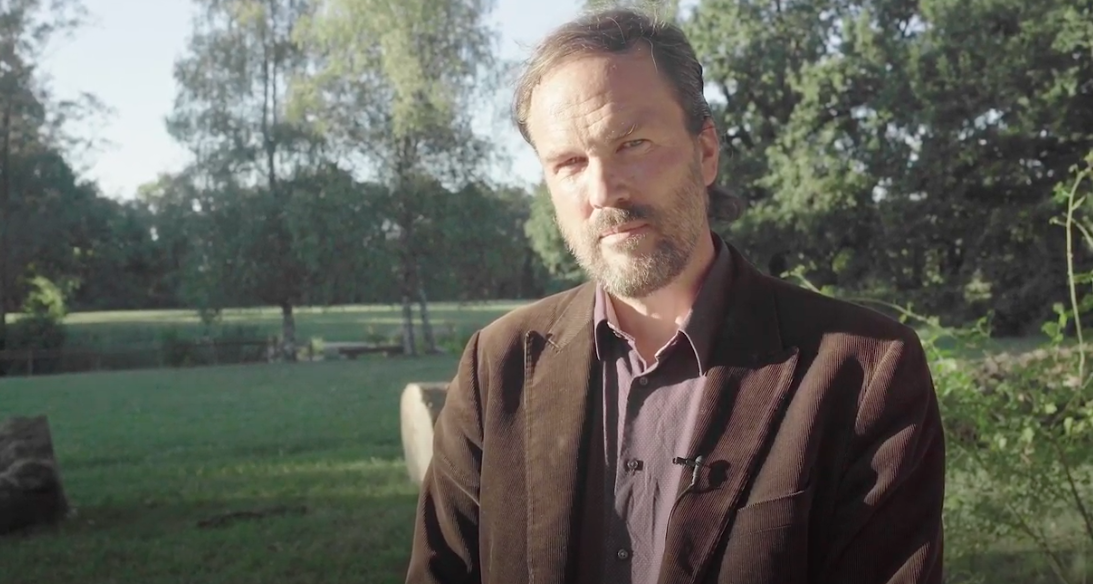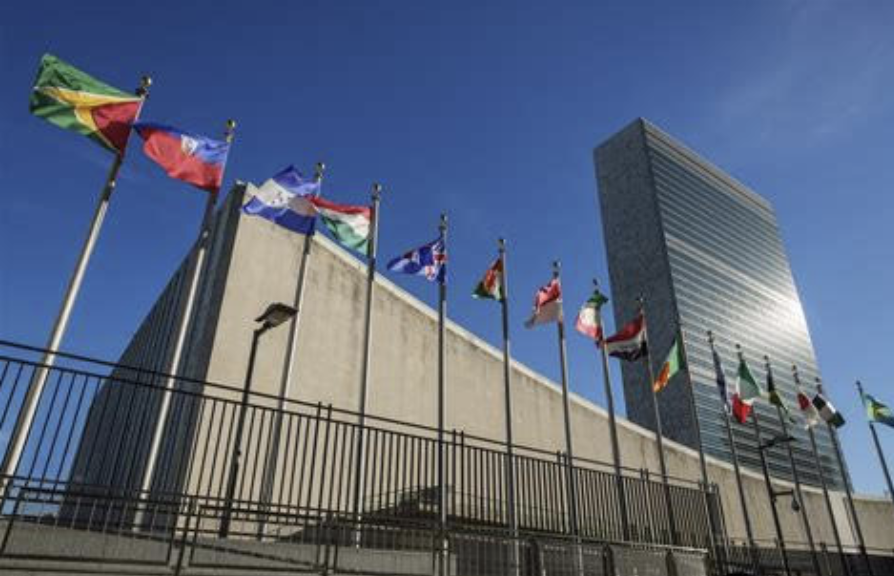by Jacob Mansfield, Y13
(Title image: Screen capture from Dr.Hughes’ back-to-school address)
The school, like many administrative bodies around the world, has faced some criticism for its handling of the COVID-19 pandemic. Rumors of an upcoming second lockdown have spiked around campus, with many fearing the resurgence of online learning. It’s time to take a step back and evaluate the effectiveness of the school’s measures concerning the global pandemic which is, to date, almost a year old.
For a bit of a refresher, let’s look at the very start of the pandemic: the first case has been traced back to the 17th of November, although the WHO only identified a mysterious source of pneumonia in Wuhan on the 31st of December and declared COVID-19 a global health emergency on the 30th of January. The school’s first official communication relating to COVID was David Hawley’s message on the 27th of January, which just recommended hand-washing and advised against coming to school if you were exhibiting symptoms, in line with WHO recommendations of the time.
The school only started setting more decisive restrictions in March, first canceling all international trips (March 5th) and then banning symptomatic people from entering school campus (March 11th). As for in-school transmission, the school’s lack of a response was not wholly unjustified: the WHO consensus at the time advised against mask-wearing except in cases of caring for sick patients. On March 13th, the administration notably releases the official announcement for full lockdown, and following Swiss regulations, moves to online school starting on March 17th.
Back-to-school regulations sent through the school newsletter on August 21st were quite comprehensive. The school started by only mandating masks for students in year 11 and above. Recent studies have determined that masks effectively reduce COVID transmission, as the virus travels through small respiratory droplets. COVID particles are smaller than 0.5 microns, many blocked by mask fibers physically or through electrostatic attraction. (If you were wondering about the effectiveness of reusable cloth masks compared to surgical masks, the latter is significantly preferable – cloth masks have a negligible effect on particles below 1.5 microns).
The school also did not require mask-wearing if social distancing of more than 1.5 meters could be observed. However, aerosol travel has been shown to extend up to 6 meters, rendering that particular school measure rather ineffective, as well as the measure to delimit zones uniquely for teachers in classrooms.
The school’s most recent guidelines, however, now mandate mask-wearing for all students over year 7 at all times, as of November 2nd. This is a significant step up from previous regulations, and a much more effective measure to reduce transmission.
The school also made several changes to the campus itself, including new hand-sanitizing stations and the eventual controversial choice to segregate students solely to the STEM centre entrance for the Salève building. The school has not detailed the nature of hand-sanitizer solutions provided; this is relevant as such solutions, although mostly effective, may not all combat COVID transmission, especially those with low alcohol concentrations.
The choice to restrict Salève entrances, notably enforced by a security guard in its early stages, has come under fire by the student body for its inconvenience and inconsistency: many argue that no similar measures have been taken for other buildings with multiple entrances such as the Grand Bâtiment or the Cafeteria, and that the students still congregate with teachers within the Salève hallways itself anyway.
Clearly, there exists little empirical evidence concerning COVID transmission within the stem centre entrance, but science can say something about the measure. At morning break or other periods of high foot traffic, the entrance can become heavily congested. The high rate of transmission in confined indoor spaces of a similar volume, such as buses, especially at colder temperatures, is worrying. The school has marked flow directions on the floor with yellow tape, but this measure does little to combat COVID spread in the passage apart from reducing congestion. It’s worth noting that the upper entrance would be a much better choice for a student-exclusive entrance as the open-air staircase is much more ventilated.
As we return to the present moment, let’s consider the implications of a second lockdown. The March lockdown led to a reduction in Swiss COVID cases from their highest at 1,469 on March 26th to a few dozen a day. Many fear the ineffectiveness of a second lockdown which may just lead to a new wave of cases after it’s lifted, but after schools resumed in June, cases did not increase significantly. Our current position is in stark contrast to that in March, as we find ourselves in the midst of a “second wave”: cases have risen drastically to the current 211,160 confirmed cases as of November 8th, increasing daily by several thousand cases since October 20th. Recent cantonal measures, such as those banning social gatherings of more than five people, have visibly not yet had a significant effect, but closing schools may lead to greater stability in cases recorded. The school body is still holding its breath, with cause to fear the negative physiological and psychological effects of isolation and a new bout of online learning many found ineffective.
Although sometimes controversial, and occasionally ineffective, we must recognize the administration’s decisions make a significant effort to preserve the health of its staff and student body. It’s only too easy to criticize when there are few metrics to gauge the positive effects of the school’s decisions, and so many to measure increased cases and the growing unrest of students. We cannot become complacent, however, and must hold the school accountable to medical consensus and cantonal recommendations, even if this requires a critical outlook. We would do well to remember that our common enemy in this invisible war is not each other, nor the school’s governing body, but COVID-19.



